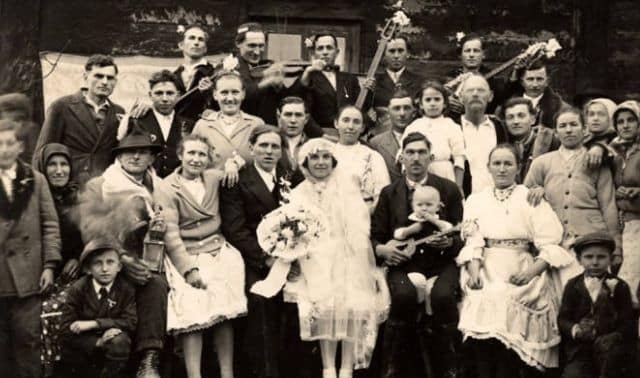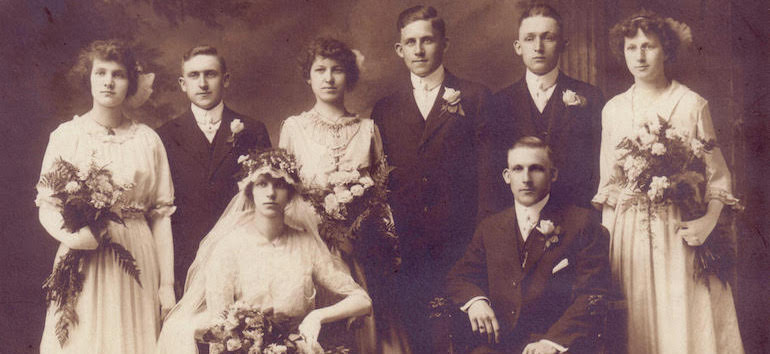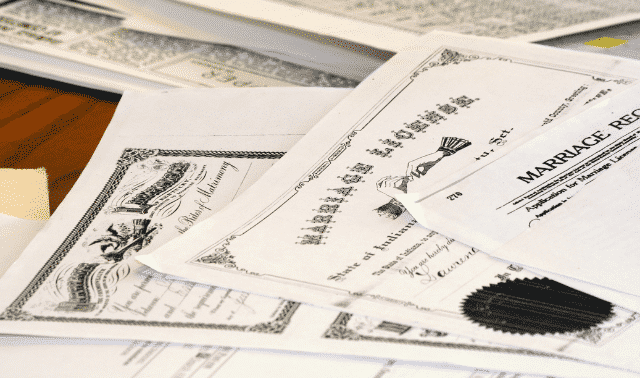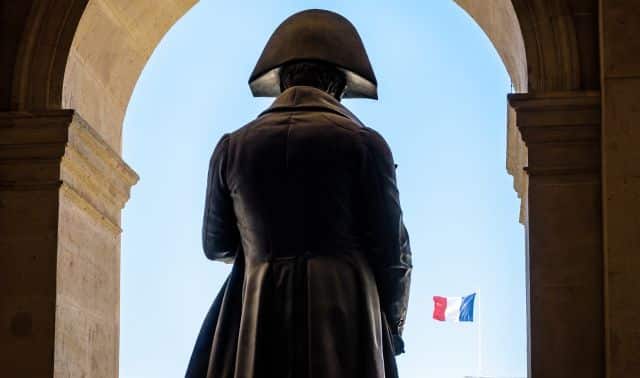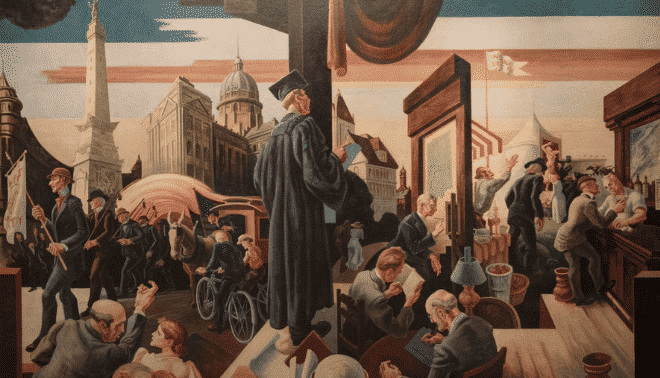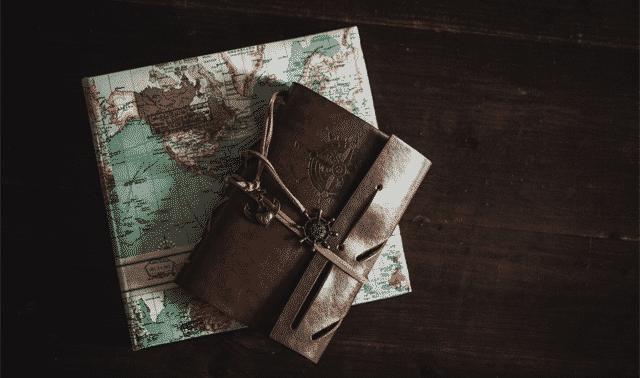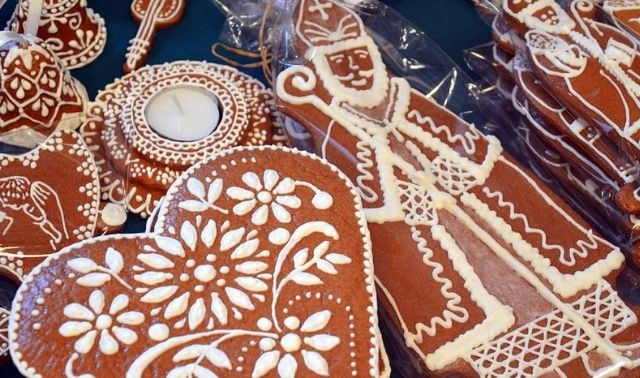Sign up for the Family Tree Newsletter Plus, you’ll receive our 10 Essential Genealogy Research Forms PDF as a special thank you!
Get Your Free Genealogy Forms
"*" indicates required fields
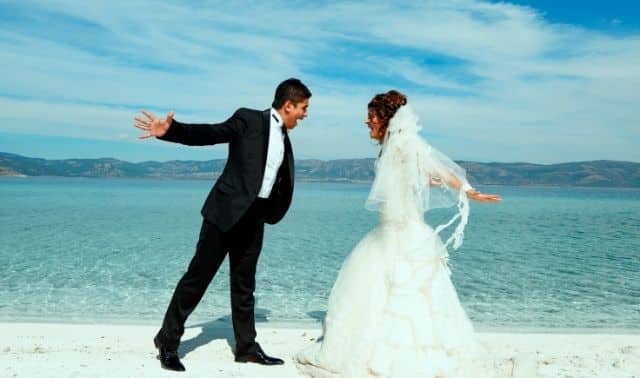
The belief that July is an unlucky month for weddings is a superstition that has endured for generations. It’s origins can be traced to several old, anonymous rhymes that warn couples married in July of everything from bitter-sweet memories to laboring for daily bread!
“Married in July with flowers ablaze, bitter-sweet memories in after days.”
“Those who in July do wed, must labour for their daily bread.”
“A July bride will be handsome, But a trifle quick-tempered.”
“July marriages are apt to be crisscrossed with sunshine and shadow.”
Are there other unlucky wedding months?
While these old sayings are certainly ominous, July actually isn’t the worst month to wed. According to folklore as well as ancient Roman tradition, the title of unluckiest month to get married goes to May. While July weddings promise some troubles in the future, May weddings are sure to end in regret!
“Marry in the month of May, you will surely rue the day.”
This superstition could have originated with the ancient Romans, who celebrated the festival of Lemuria during the month of May. Lumeria was a time for mourning and honoring the dead, so it was likely considered a bad omen to marry during a time when you should be honoring the deceased!
Another (more blatant) origin for this superstition can be seen in this 1840 article on French wedding superstitions:
“… they frankly say upon the subject, that it is not suitable to marry at a period when the asses are amorous.”
So what is a lucky month to get married?
For those suspicious brides- and grooms-to-be, the best month to get married is June. June is named for the goddess Juno, wife of Jupiter and goddess of marriage. It is said that Juno watched over the women of Rome and that those who married in June would have her favor on their marriages. This tradition has endured to our modern era where June is still considered one of the best months to marry. After all, as the saying goes,
“Married in the month of roses – June – life will be one, long honeymoon!”
A History of Wedding Traditions
Father of the bride paying
Fathers of the bride had it easy way back when. Our ancient ancestors simply carried off their brides, saving Dad the expense of a pricey wedding. In Elizabethan times, a bride helped pay for her wedding by selling ale in the village.
Engagement
We have the ancient Egyptians to thank for setting us on the road to today’s $28,000-plus weddings. They came up with the idea of getting engaged to make sure a couple was compatible, as well as tossing rice or grain—symbolic of fertility—during the ceremony. Originally, however, the dowry was reversed, with the groom paying the bride’s family. (Wedding comes from the Anglo-Saxon word wedd, meaning “pledge” as well as “bet” or “wager,” a guarantee paid by the groom once a marriage was negotiated.)
Wedding planning and photography
By the 1920s, a nascent wedding-planner business had begun, and photographers had realized that they could make money capturing the occasion.
Wedding registries
In the 1920s and 1930s, department stores introduced bridal registries and bridal shops popped up.
Bridal shower
Bridal showers originated in the Netherlands as a way to help a bride whose father disapproved of the marriage and refused to pay a dowry.
Wedding rings
Couples have been exchanging wedding rings since Pharoah’s time, too, though it was the ancient Romans who decided the ring should go on the third finger, which they believed was connected straight to the heart. This tradition was cemented in medieval times when Christian grooms would place the wedding ring in turn on the first three fingers, for God the Father, Son and Holy Ghost, leaving it on the last. Traditions differed on right versus left hand, but in England, a 1549 edict by Edward VI settled the question in favor of the left.
Diamonds
Although diamonds had long been a popular choice for engagement and wedding rings—medieval Italians thought diamonds were forged in the “flames of love”—they didn’t become de rigeur until a 20th century ad campaign. In 1938, with diamond sales declining, Harry Oppenheimer of De Beers Consolidated Mines sought help from the N.W. Ayer & Son advertising agency. Almost immediately, the agency’s campaign linking diamonds and marriage began to boost sales. In 1947, copywriter Frances Gerety came up with what Ad Age would later call the most successful slogan of the 20th century: “A Diamond Is Forever.” The timing, on the cusp of postwar prosperity, was perfect.
Wedding dresses
Early American weddings were typically held in a family’s home. The bride wore her best dress, which might be a simple calico smock or linen shift. Black wedding dresses were most practical, as the bride could one day be buried in the same outfit. Brides who could afford a special gown favored blue, the Biblical color of purity. The symbolism persists in the “something blue” of the popular saying.
White didn’t take over until the 1840 wedding of Queen Victoria and Prince Albert, a lavish affair that would haunt the wallets of future fathers of the bride. By 1849, Godey’s Lady’s Book proclaimed (incorrectly), “Custom has declared, from the earliest ages, that white is the most fitting hue, whatever may be the material. It is an emblem of the purity and innocence of girlhood, and the unsullied heart she now yields to the chosen one.”
In the 1890s, Ladies’ Home Journal echoed this historical revisionism: “From time immemorial the bride’s gown has been white.” Even when Coco Chanel introduced the knee-length wedding dress (still with a long train) in the 1920s, the color was white.
Ceremony time
Weddings were held in the morning, sometimes followed by a celebratory breakfast. Not until the 1880s was it considered proper to get married as late as three in the afternoon.
Best man
Originally, in fact, the best man’s job wasn’t merely safeguarding the ring, but helping the groom capture the bride and fend off rescuing relatives. Even today, the bride stands to the left so the groom has his sword-hand free.
Wedding cake
Romans also invented the wedding-cake tradition, in the form of a loaf of barley bread the groom would break over the bride’s head. In medieval England, wedding guests brought small sweet buns they piled in front of the newlyweds, who tried to kiss over the stacked sweets. Success meant lots of children ahead. Beginning in the
mid-1600s, there might also be a bride’s pie, in which a glass ring was hidden; whoever got the ring was said to be next to marry.
Wedding cakes became popular in the 19th century, although only the wealthiest couples had the multitiered extravaganzas expected today. Grooms got their own cake, typically dark to contrast with the primary white cake, a tradition that persists mainly in England and the American South.
Bridal bouquet
Bridesmaids, not florists, were responsible for assembling the bridal bouquet, which could well have seasoned the wedding feast: Garlic was included to ward off evil spirits, sage for wisdom, dill for lust. Flower girls carried sheaves of wheat—still more encouragement to fertility—rather than posies. Later, roses and rosemary became popular for the bridal garland, and there was a mania for orange blossoms because the orange tree bears fruits and flowers at the same time (again, fertility symbolism).
Wedding toast
Some accounts say the expression “wedding toast” comes from a custom of flavoring drinks with actual spiced toast.
Garter
The bride’s garter, of course, was presented as proof the marriage had been consummated.
Tying shoes to the car
The charming tradition of tying shoes to the happy couple’s car started with stealing the bride’s shoes so she couldn’t run away.
Las Vegas weddings
Las Vegas, with a budding tourist industry and some of the nation’s loosest marriage-license requirements, also started cashing in. Clara Bow and Rex Bell were among the first celebrities to get hitched in Vegas, in 1931. Wedding chapels were soon almost as popular as casinos, and today the self-proclaimed “Wedding Capital of the World” issues 120,000 marriage licenses every year.
By the 1950s, the modern fairy tale wedding—from diamond engagement ring to white gown—was fully formalized. Another royal wedding, the 1956 nuptials of Grace Kelly and Prince Rainier of Monaco, provided the icing on the wedding cake of what’s now an $86 billion-a-year industry. Cash-strapped fathers of the bride can’t be blamed for wishing the prince had simply grabbed the movie star and eloped.
“Honeymoon”
Newlyweds were supposed to drink honey wine for one full moon cycle after their wedding—hence the term honeymoon.
“Tie the Knot”
In rural England, a joining-of-hands ceremony called handfasting informally married a couple for a year and a day, after which they could wed for good or try another trial run. Sometimes the hands or wrists were tied in the ceremony, giving us the phrase “tie the knot.”
A version of this article appeared in the July/August 2012 issue of Family Tree Magazine.
Related Reads
ADVERTISEMENT



